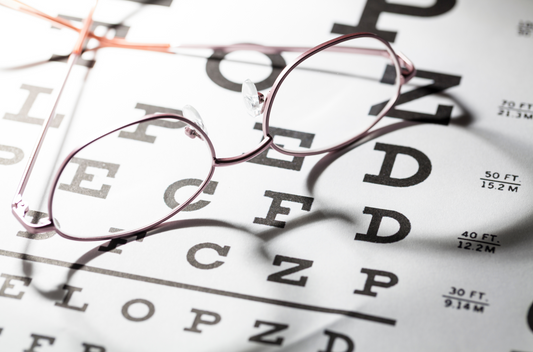Family Eye Care and Pediatrics
Our doctors have a wide array of skills and special interests surrounding care of children, including:
- Pediatric eye exams
- Methods of slowing the progression of myopia (near-sightedness)
- Glasses and contact lenses for kids
- Binocular vision assessments
- Vision field analysis
- Vision therapy for children
Vision Testing For Kids
The Canadian Association of Optometrists recommends that children as young as six months have an eye exam at least once a year to ensure their eyes are healthy and developing normally. Health Canada suggests pediatric eye exams at least once every two years for school-aged children and once a year if your kids wear corrective eyewear.
Common Warning Signs
Your child may have a vision issue if they:
- Sit too close to the TV
- Squint or tilt their head
- Frequently rub their eyes
- Are sensitive to light
- Tear excessively
- Close one eye when reading
- Complain of headaches
- Receive lower grades than usual
FACTS
- According to the Canadian Association of Optometrists, nearly 25% of school-aged children have vision problems—often without their parents realizing it.
- According to Health Canada, over 80% of all learning during a child’s first 12 years is visual.
- Studies show a direct link between poor grades in school and uncorrected vision issues.
Eye Exam Coverage for Kids
In most cases, children’s eye exams in Canada are covered by the provincial government once every 1-2 years. Your optometrist can help you determine if your child’s eye exam is covered.





